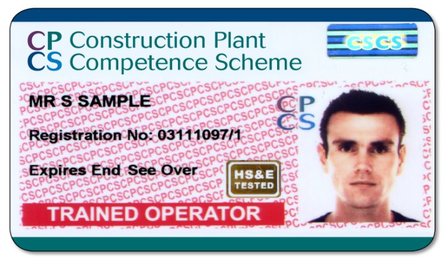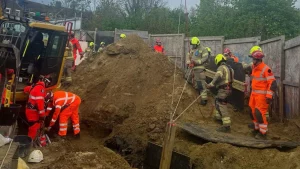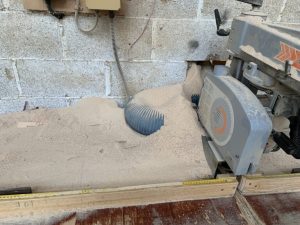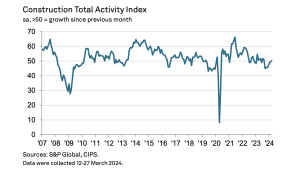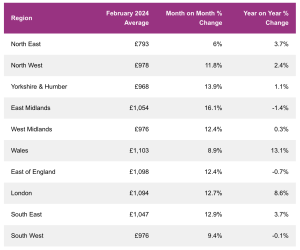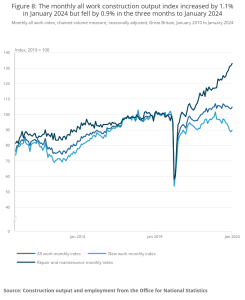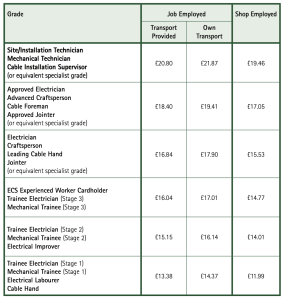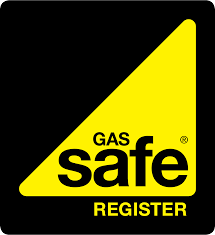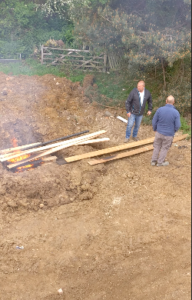CSCS cards provide smart way to reduce vibration damage
This post has already been read 2484 times!
Following a report from the HSE* saying that construction has higher rates of vibration white finger and carpal tunnel syndrome than any other sector, employers across the industry are looking at ways to tackle the ill effects of working with vibrating equipment on construction sites.
Reactec has enhanced its software so that CSCS cards can be used to allocate its HAV monitors to a worker at the start of their shift and to alert the worker to exposure risk relative to their personalised safe exposure limits. This means that, as long as they hold a valid CSCS card, their exposure can be monitored even when they work across multiple sites or with several employers where there are various occupational health policies requiring different exposure thresholds.
CSCS chief executive Graham Wren says: “As more software providers develop their systems to work with CSCS cards, the cards’ smart functionality becomes increasingly valuable. Reading a CSCS electronically not only saves time and money but the information on the card can be stored in a variety of ways and linked to other data, such as recording exposure to vibration, qualification expiry dates or time and attendance logs. Because CSCS is the most widely used certification scheme across construction, it makes sense for contractors to use CSCS cards to store and access a whole range of data and we welcome initiatives like Reactec’s.”
One of the first organisations to start using Reactec’s equipment with CSCS cards is Carmarthenshire County Council whose highways operatives have had their CSCS cards programmed with their HAV exposure data. Development Officer Ryan Robinson says: “All of our operatives already have CSCS cards, so to be able to use them for other applications and not having to issue separate cards is more convenient for the individuals and cuts costs for the council.”
*HSE report IIDB10 – Prescribed diseases: Rates of new assessments per 100 000 employees in each industry by disease, annual average based on latest 3 years www.hse.gov.uk/statistics/tables/index.htm

